We may earn money or products from the companies mentioned in this post. This means if you click on the link and purchase the item, I will receive a small commission at no extra cost to you … you’re just helping re-supply our family’s travel fund.
Water on board promises independence, but it also changes how an RV feels, stops, and ages. Handled well, a few simple choices turn tanks into quiet partners rather than nagging variables. This guide focuses on the practical parts that matter on the road, from weight math to sanitation and temperature. It favors judgment over gadgets and aims for clear routines that protect gear, save time, and keep days calm. The payoff is easy miles, hot showers where it counts, and fewer surprises when plans bend.
Understand How Water Weight Changes Handling

Water weight changes how an RV handles. A gallon weighs about 8.34 pounds, so a 60 gallon fresh tank adds roughly a quarter ton before gear or passengers. Extra mass lengthens braking distance, increases tire heat, and can push rigs past GVWR or axle ratings. Many drivers travel partial on smooth highways and top up near camp, then run fuller when boondocking. The key is simple math, a current scale ticket, and conservative speed so suspension, bearings, and brakes stay happy on long grades.
Choose Full, Partial, or Empty Based on the Day
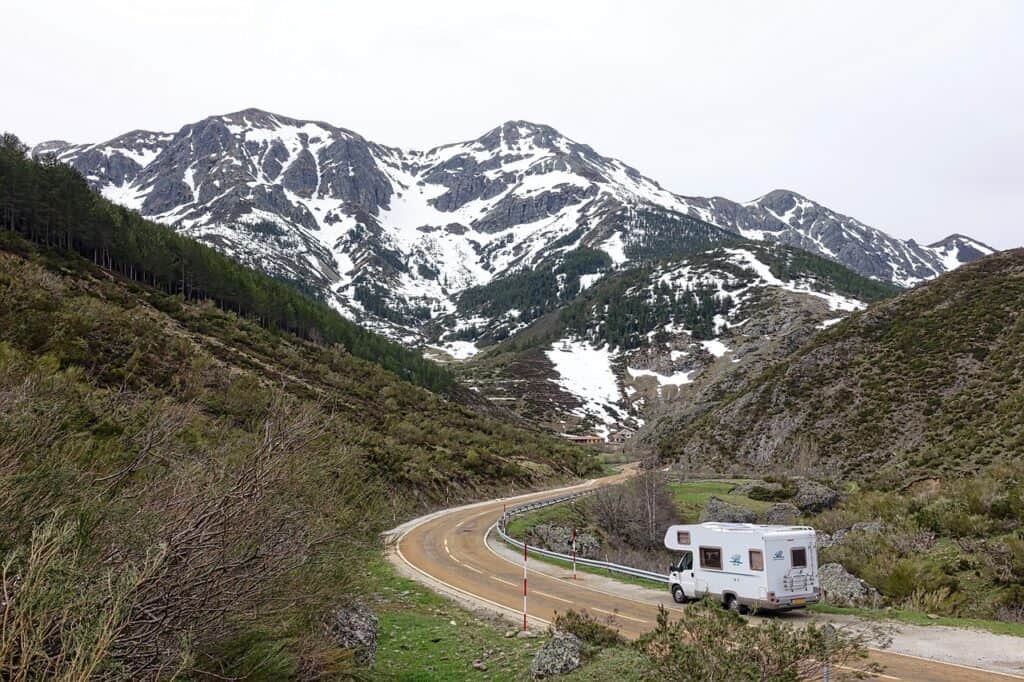
Choosing full, partial, or empty depends on route, weather, and hookups. Full tanks tame pump sputter and support remote stops but raise center of gravity and fuel burn. Partial loads reduce sway and slosh on winding roads, especially in crosswinds. Empty works for short hops between reliable fill stations. Local regulations and rough surfaces matter too, since weight compounds pothole impact. A quick check of refill points, grades, and wind forecasts usually points to the right strategy for the day.
Treat Fresh, Gray, and Black Tanks Differently
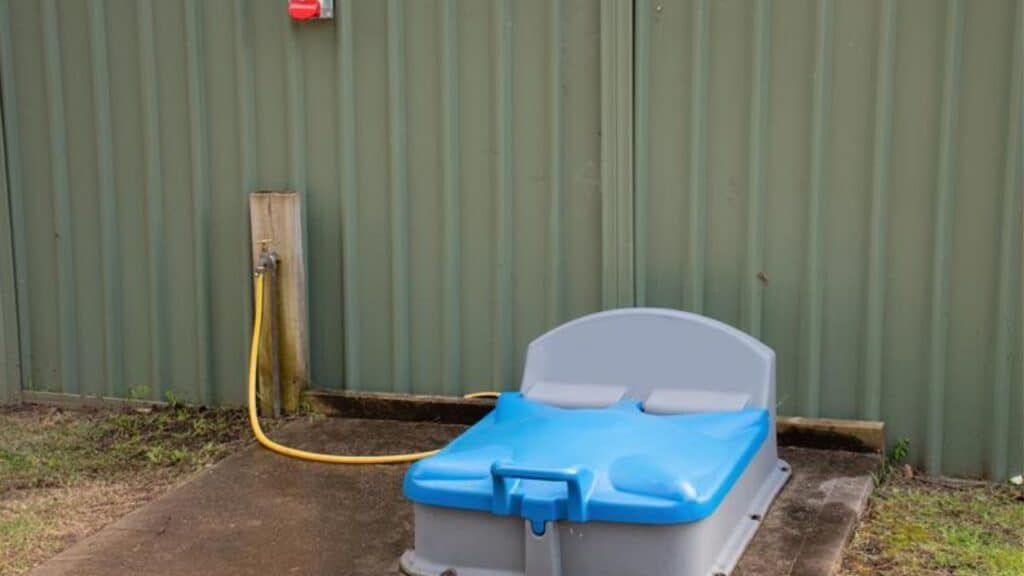
Fresh, gray, and black tanks ask for different habits on the move. Fresh can ride partial without complaint. Gray grows heavy fast after dishes and showers, so emptying before travel protects weight margins and odors. Black travels best with several gallons of water and a dash of tank treatment to prevent the dreaded pyramid and to cushion valves. Vent stacks and caps should be snug, and seals lubricated, so pressure changes over passes do not invite smells back into living spaces.
Balance Weight and Watch Tongue Load
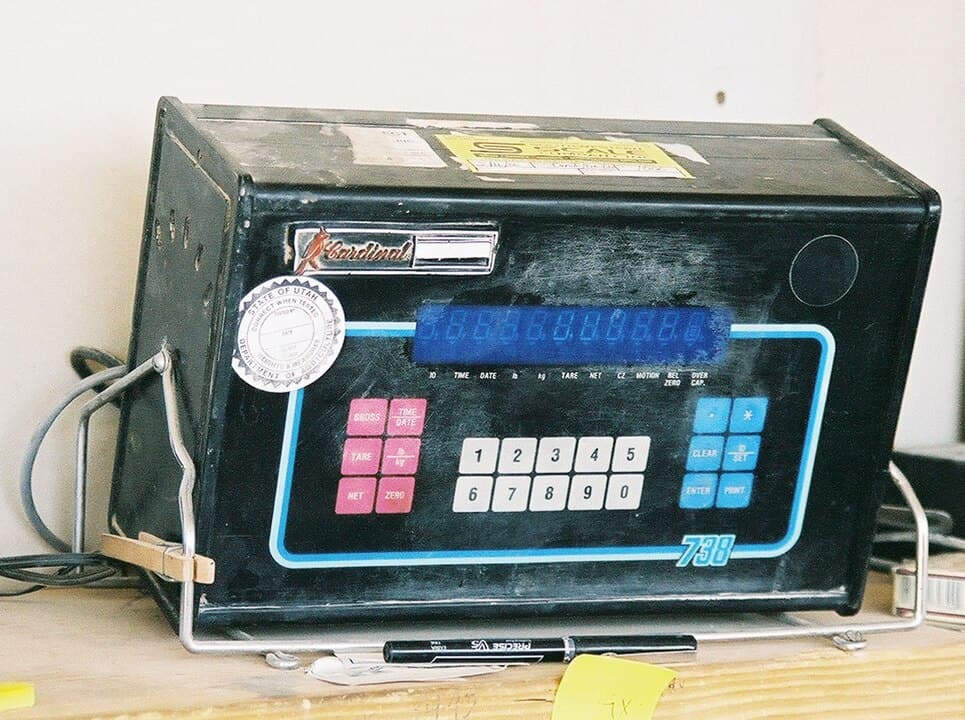
Weight distribution matters as much as total pounds. Travel trailers track best with tongue weight around 10 to 15 percent of total, which often means avoiding a brim-full rear tank that lightens the hitch. Motorhomes feel steadier when heavy items sit low and between axles. If a tank straddles an axle, partial fills can reduce porpoising. A scale session that captures steer, drive, and trailer axles turns guesswork into numbers and helps set tire pressures that match actual loads.
Keep Water Potable With Simple Sanitizing
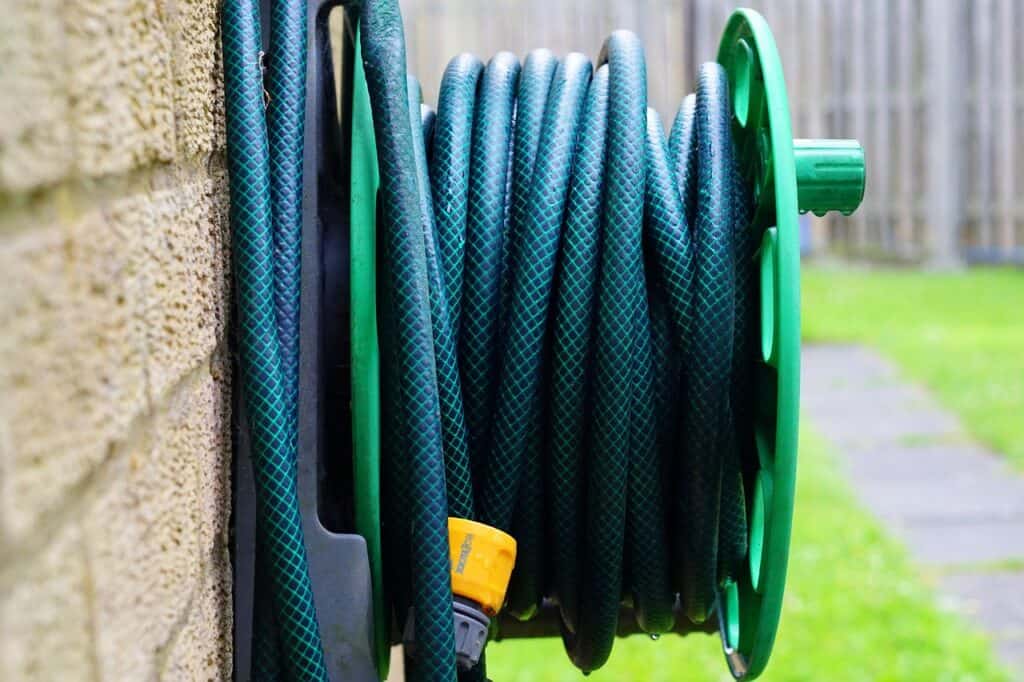
Safe water needs routine care. At season start, many owners sanitize by mixing unscented household bleach at about one quarter cup per 15 gallons, filling lines and tank, resting several hours, then flushing until chlorine fades. Food grade hoses, a pressure regulator, and a basic sediment or carbon filter keep things clean at city connections. When refilling on the road, a quick sniff test and clear containers help spot problems early, protecting faucets, heaters, and stomachs alike.
Respect Temperature and Protect the System
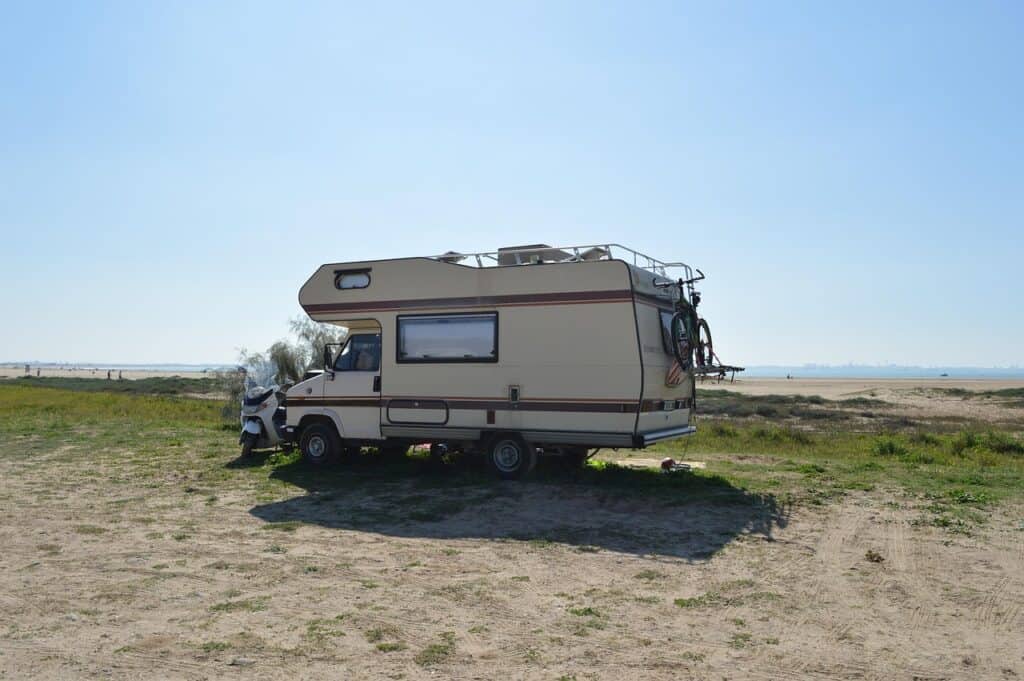
Temperature swings change the plan. In freezing conditions, enclosed tanks, heaters, and warmed bays keep lines flowing, while a small antifreeze dose in traps protects drains without contaminating freshwater. In desert heat, pressure builds, plastics soften, and pumps cycle more, so venting and shade matter. Parking level reduces hot spots and sensor errors. If a cold snap looms, many travelers drain lines overnight and carry a few jugs until temperatures recover later in the day.
Verify Sensors, Vents, and Fittings Before Miles
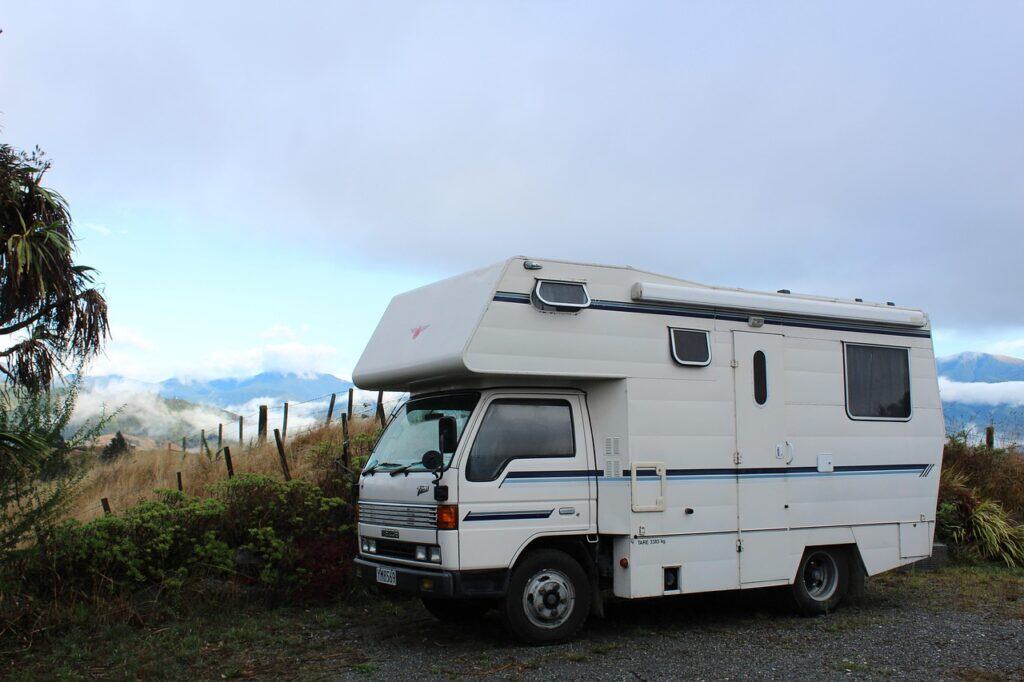
Tank sensors can lie, especially after soap scum or food particles coat probes. A measured fill with known gallons resets expectations better than blinking bars and helps verify capacity against the brochure. Before long drives, checking vent lines, caps, and pump fittings pays off, since tiny leaks become big messes under vibration. A towel under the pump, a look at PEX crimps, and a timed bucket test at the faucet catch drift in flow, flagging clogged screens or a tired diaphragm.
Drive To Control Slosh, Not Fight It

Water moves. Sudden lane changes or rough switchbacks can turn a half tank into a shove that the chassis must absorb. Smooth throttle, wider following gaps, and earlier braking give the baffles a chance to calm the load. On older rigs without internal baffles, shorter stints and steadier speeds reduce fatigue on mounts and straps. Securing access caps and compartment latches prevents loss on washboard surfaces, and a periodic touch check confirms straps stay tight.
Plan Capacity and Conserve Without Sacrifice

Good plans start with realistic math. Many crews manage on two to five gallons per person per day when showers are short and dishes are efficient, more during heat or dusty trails. A quick log of fills and dumps over a weekend sets a baseline, then jerry cans or collapsible cubes cover margins. Topping up at the last big town before dirt roads saves backtracking, and swapping to rinse water for the final miles keeps gray space open for camp. Small habits add up fast.
Other Blog Posts You Might Enjoy
www.idyllicpursuit.com (Article Sourced Website)
#Traveling #Water #Tanks #Idyllic #Pursuit
